November 27, 2018
Meaningful work an important driver of health and wellbeing for men
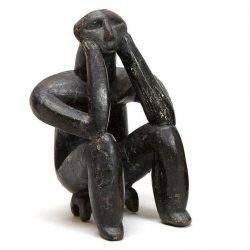 Men’s care brand Harry’s has published the findings from their first US Masculinity Report in partnership with University College London psychologist John Barry, co-founder of the male psychology section of the British Psychological Society. The report surveyed 5,000 men aged 18-95 across the US, weighted for race, income, education, sexual orientation and other factors. Respondents were asked about their wellbeing, happiness, confidence, emotional stability, motivation, optimism, and sense of being in control. They were then asked how satisfied they are with their careers, relationships, money, work-life balance, physicality, and mental health. The reports key finding was the strong correlation between wellbeing and meaningful work.
Men’s care brand Harry’s has published the findings from their first US Masculinity Report in partnership with University College London psychologist John Barry, co-founder of the male psychology section of the British Psychological Society. The report surveyed 5,000 men aged 18-95 across the US, weighted for race, income, education, sexual orientation and other factors. Respondents were asked about their wellbeing, happiness, confidence, emotional stability, motivation, optimism, and sense of being in control. They were then asked how satisfied they are with their careers, relationships, money, work-life balance, physicality, and mental health. The reports key finding was the strong correlation between wellbeing and meaningful work.





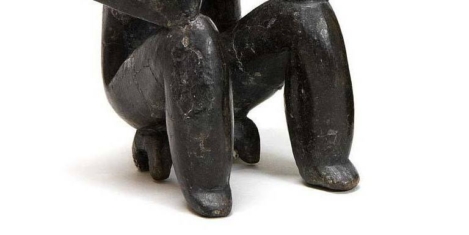
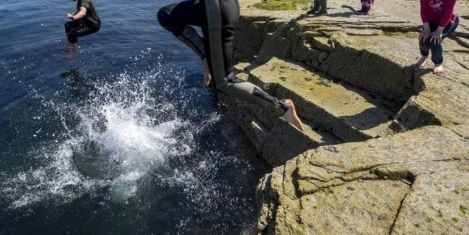
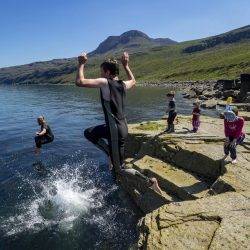





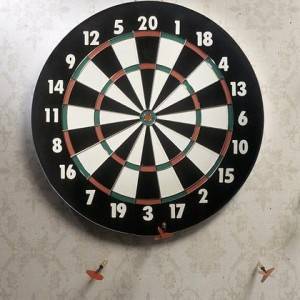


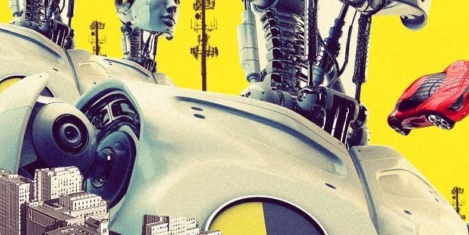

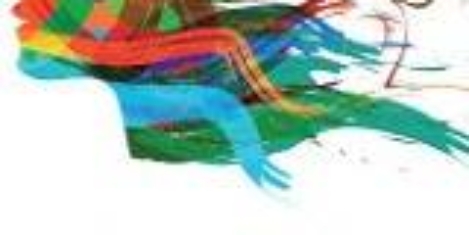

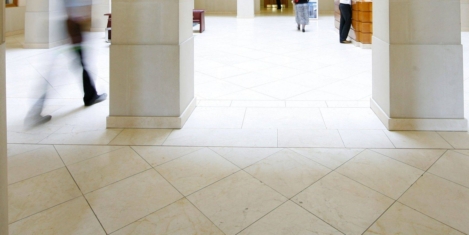

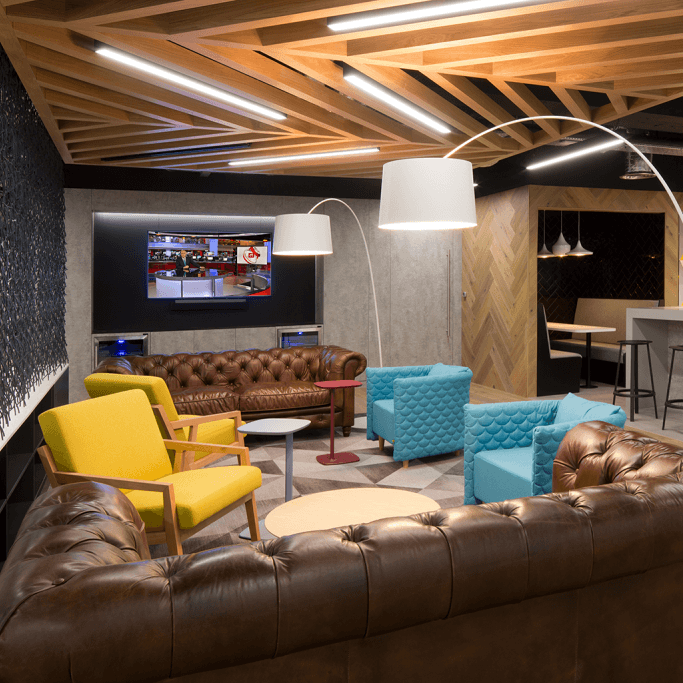
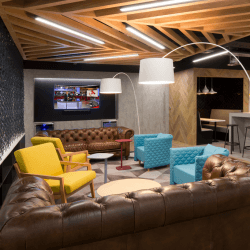











November 18, 2018
What The Midwich Cuckoos can teach us about Millennials
by Mark Eltringham • Comment, Workplace
John Wyndham’s 1957 novel The Midwich Cuckoos is the story of a fictional English village in which, following an unexplained event that causes everybody within Midwich to fall unconscious, all of the women in the village fall pregnant and 61 children are subsequently born all at the same time. The children bear absolutely no physical resemblance to their parents, with pale skin, blond hair and piercing eyes. As they grow older it also becomes apparent that they are strange, emotionless and have a telepathic bond with each other. It’s not much of a spoiler to tell you that things don’t go well. The only rationale for what had happened to create the children in the first place is an unexplained incident of xenogenesis – the birth of offspring unlike their parents. Something similar must have happened on a global scale from the beginning of the 1980s onwards, at least based on what we are told about Millennials.
(more…)